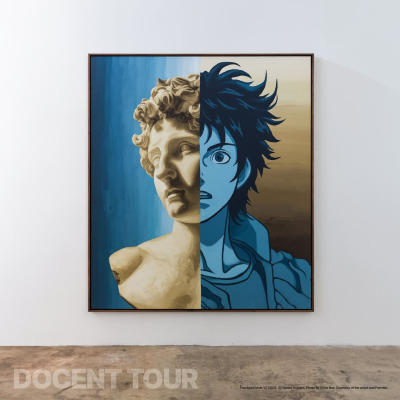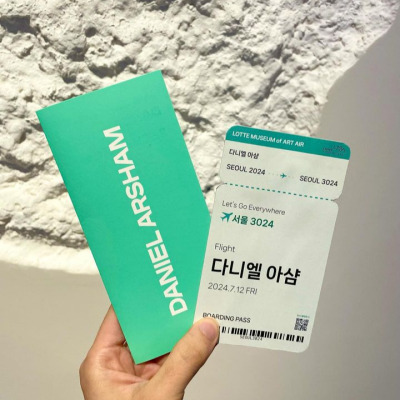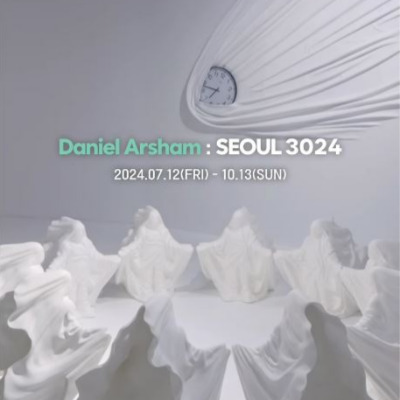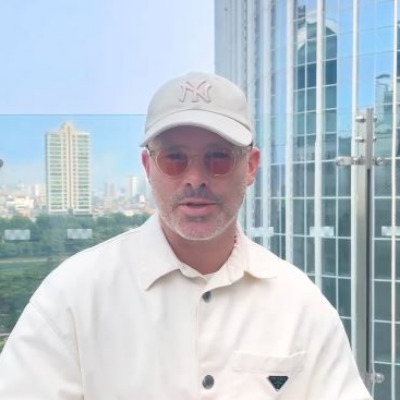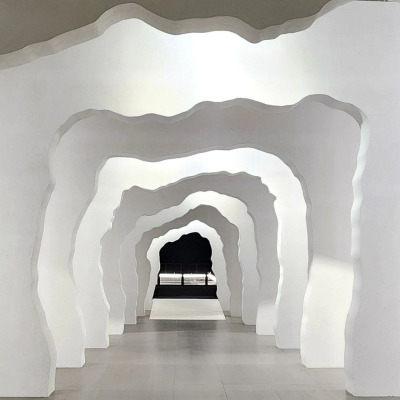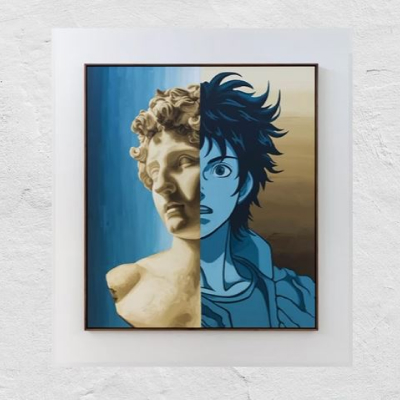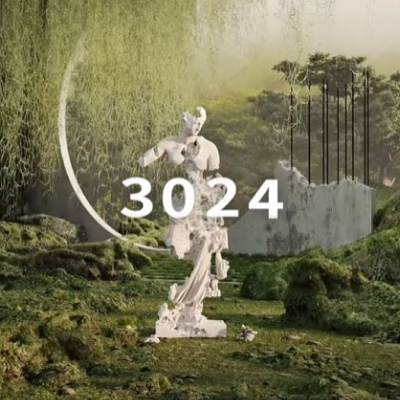750x960px.jpg) CURRENT
CURRENT
Still, Tasha Tudor
The Lotte Museum of Art presents Still, Tasha Tudor, the first major exhibition in Asia dedicated to the renowned American children’s book author and illustrator, Tasha Tudor (1915 – 2008). Attuned to nature and the flow of seasons while cherishing the simple joys of family and daily life, her world still resonates deeply and inspires people to this day. Commemorating the 110th anniversary of Tasha Tudor’s birth, this exhibition is designed to reflect on the essence of life that is being forgotten, through her attitude toward life and artistic world—which still hold true in modern society.
From the corgi-themed imaginative world, to daily life with family, to the garden she tended with such great care, the audience embark on a journey beyond paintings and objects, following the entirety of Tasha Tudor’s life. This is not a mere retrospective, but a space to reflect on the life attitudes and values that we need today. Her life, marked by respect for family and nature, finding joy in the cycle of seasons, and finding happiness in the small moments of daily life, offers modern people warm comfort and time for reflection.
This exhibition presents a multi-layered introduction to Tasha Tudor’s naturalistic life and artistic world through approximately 190 original works, including watercolor paintings, drawings, handmade dolls, and video materials. Starting at the INTRO section, this exhibition leads the audience into the artist’s world, journeying through a garden of flowers and trees that she personally cultivated and painted, followed by an imaginative space combining her corgi-themed paintings with media art. It then presents the audience with the warm moments of life through family and seasonal landscapes—including Christmas—as well as her table setting and still lifes, showing her enjoyment of food and tea. In addition, her handmade dolls and video archives offer a three-dimensional glimpse into slices of her life, while a replica of her studio allows the audience to vividly experience the environment where her art was born. In the final section, LITTLE GARDEN, the audience can deeply experience her philosophy, engaging all five senses with flowers, scents, and the changing seasons.
750x960px.jpg)
INFORMATION
• LOTTE Department Store Avenue is closed on the same days as the holidays above, but the schedule is subject to change.
-
Adult l 19 and over
- General ㅣ 1 person W20,000
- - -
-
Youth l 13-18
- General ㅣ 1 person W13,000
- - -
-
Children l 3-12
- General ㅣ 1 person W13,000
- - -
-
Under 3 years
- General ㅣ 1 person Free
- - -
.jpg)
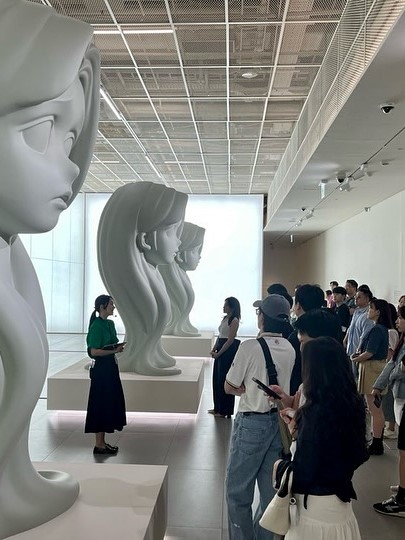
.jpg)
.jpg)
.jpg)
.jpg)
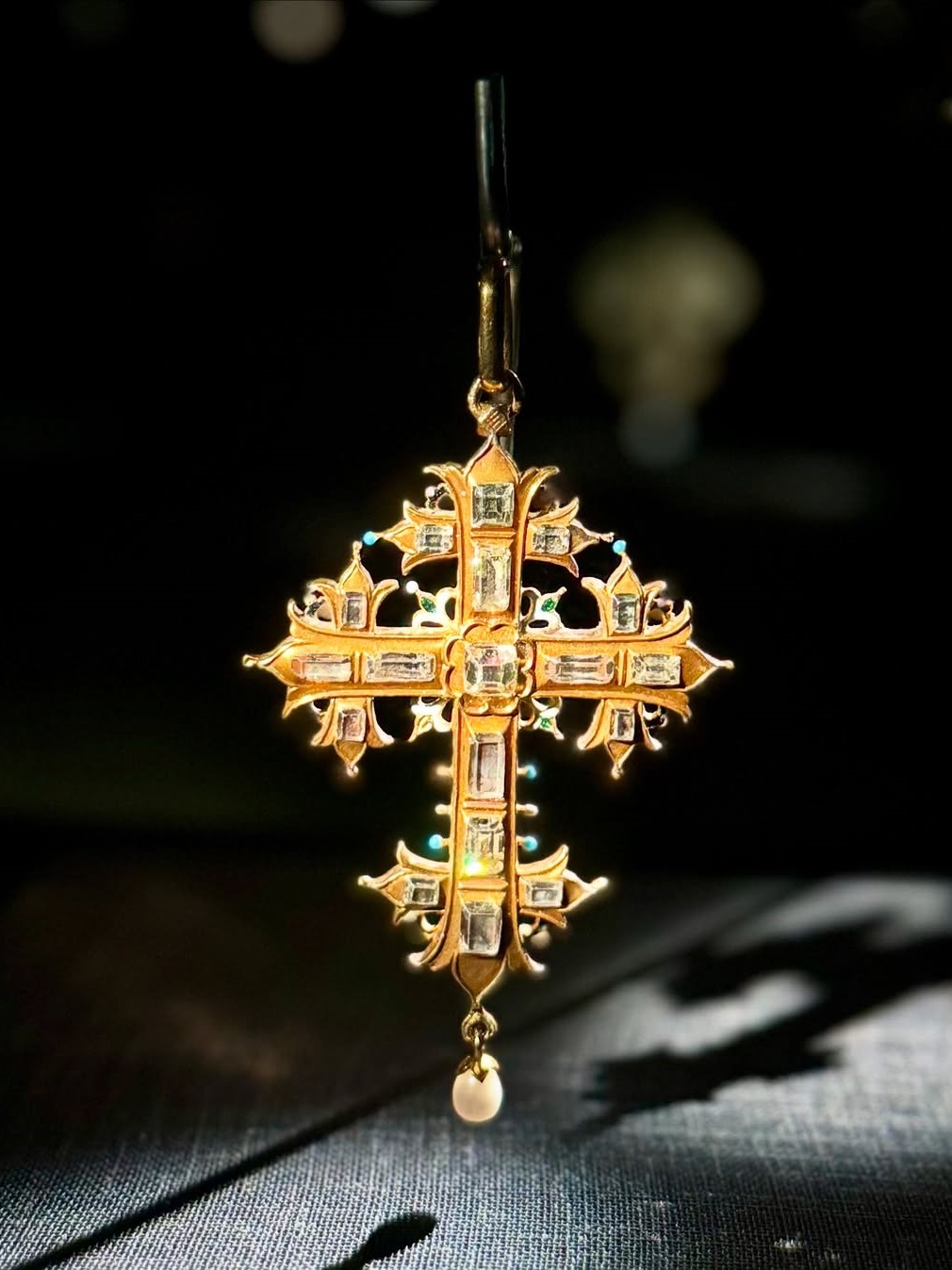
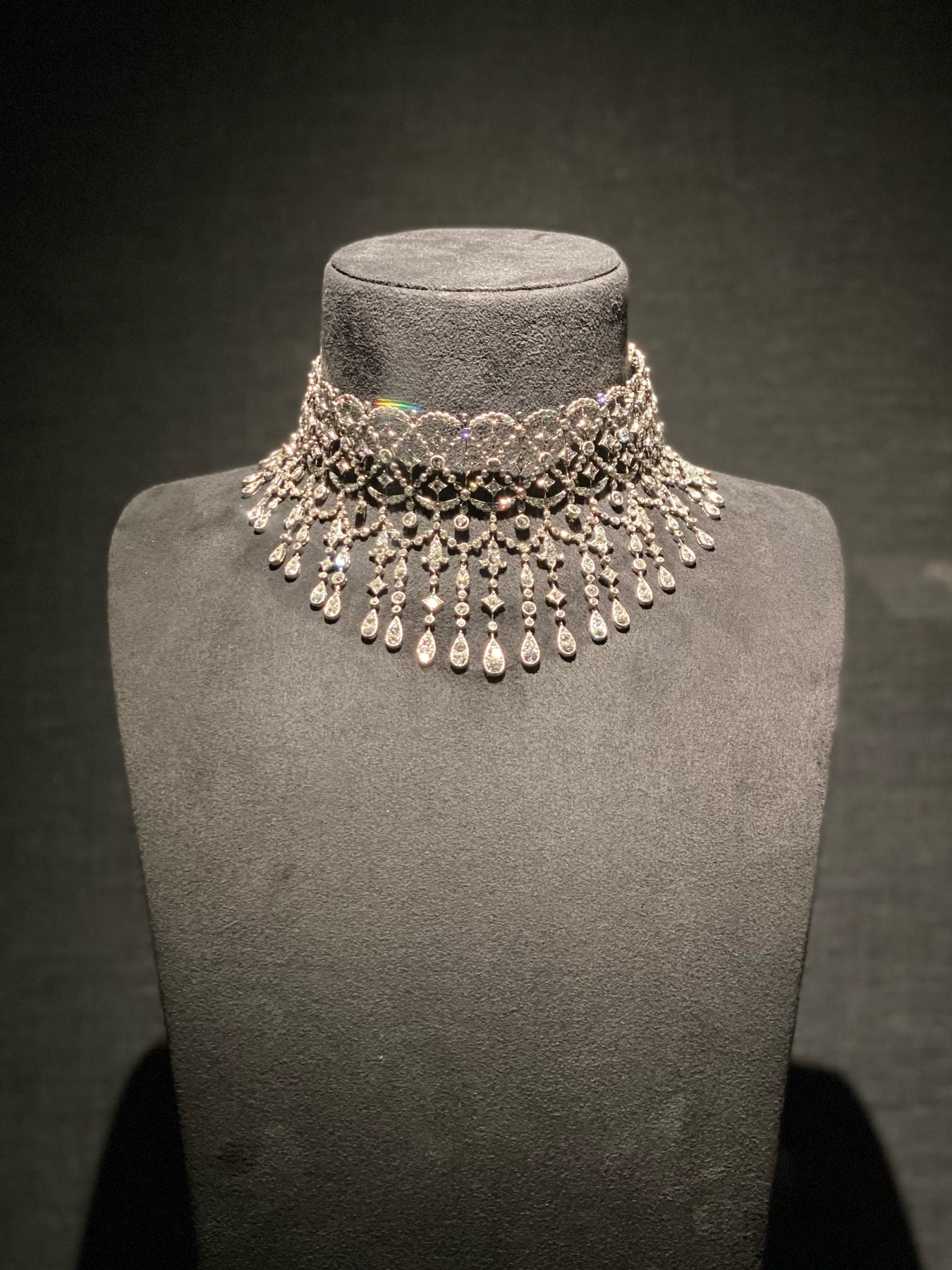

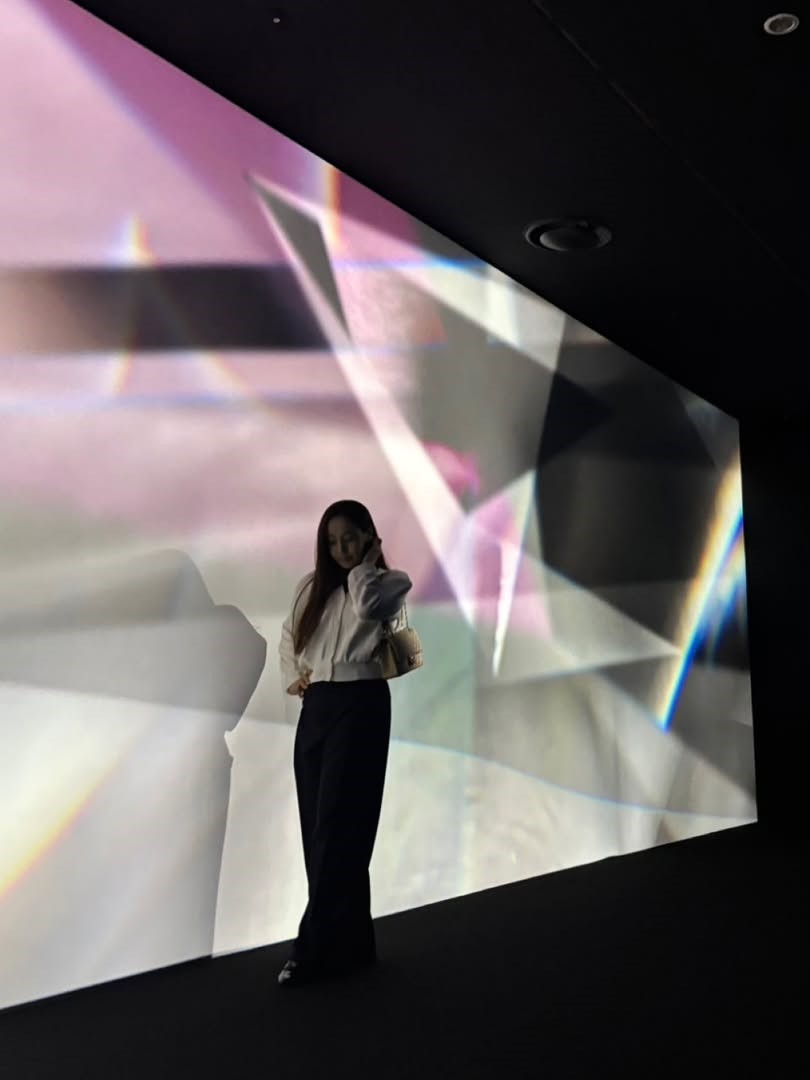
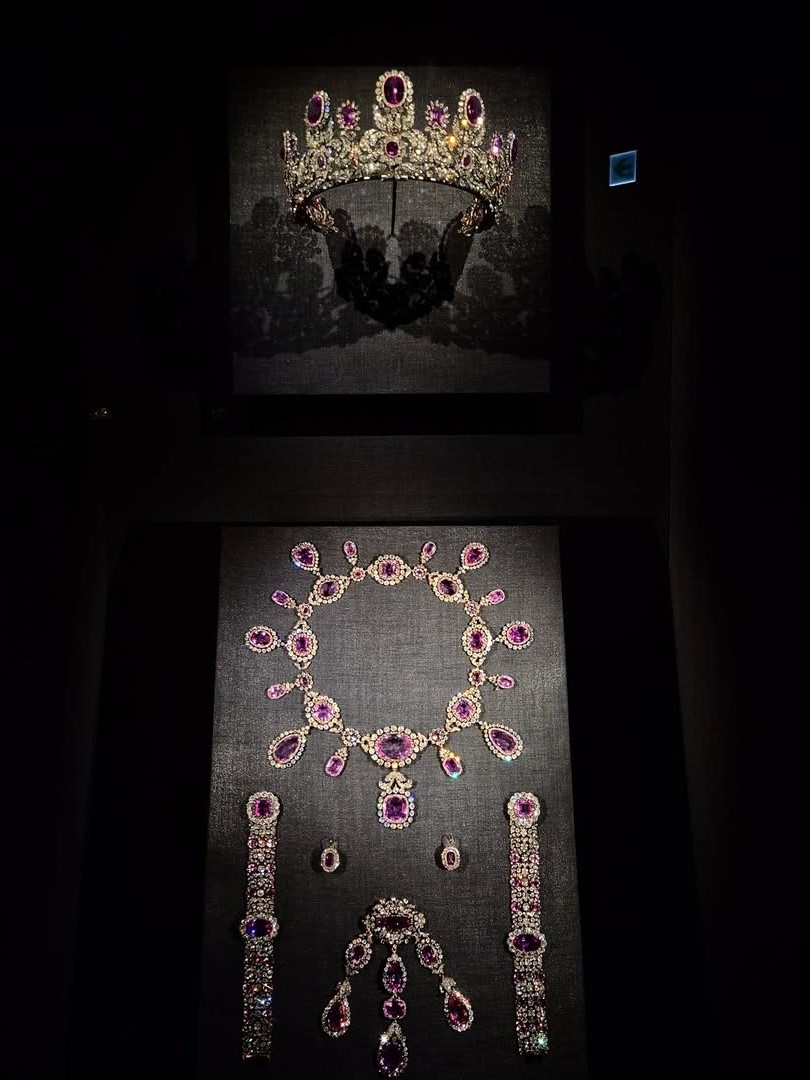
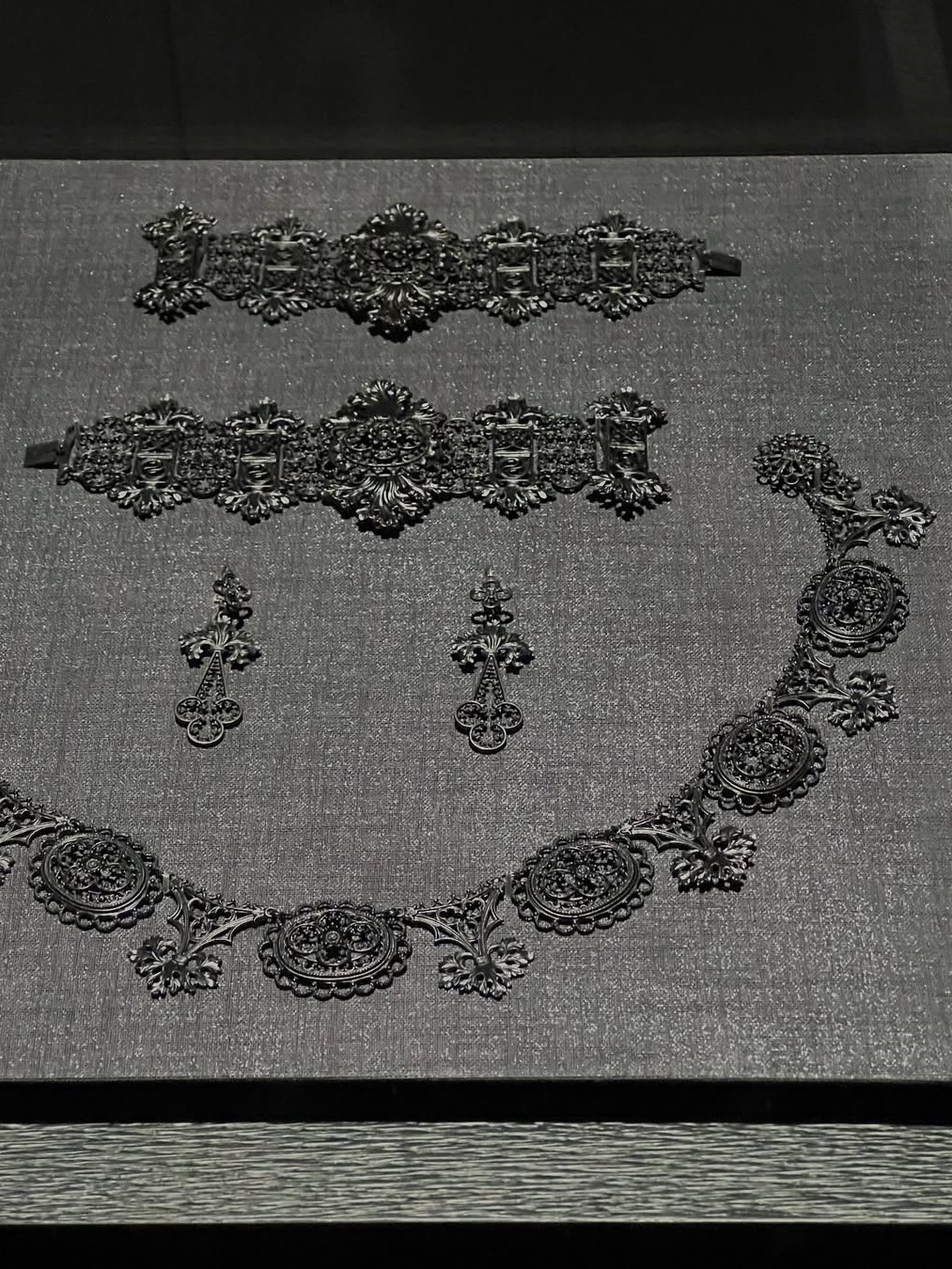
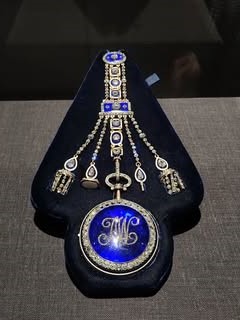
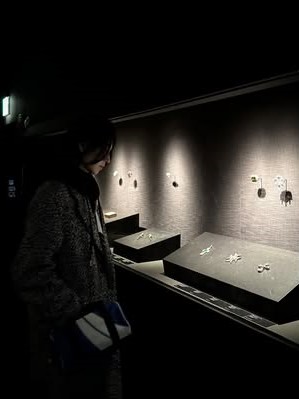


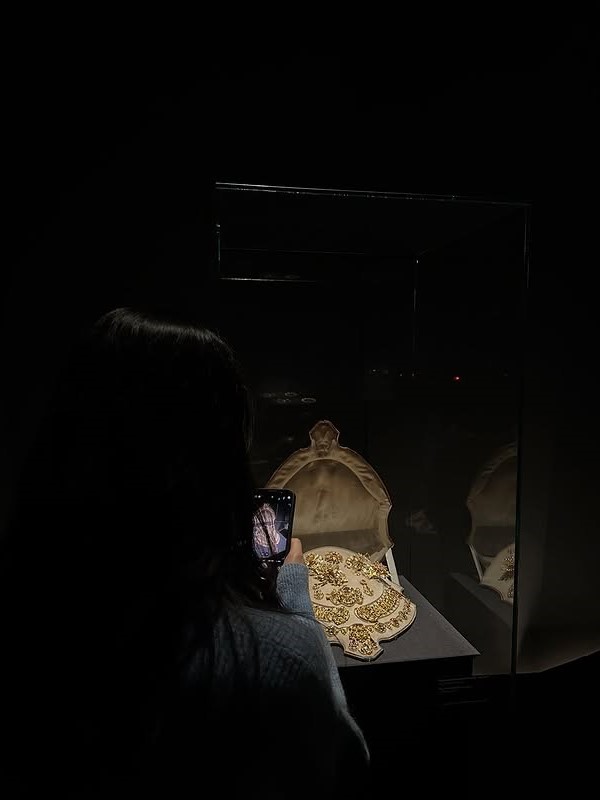
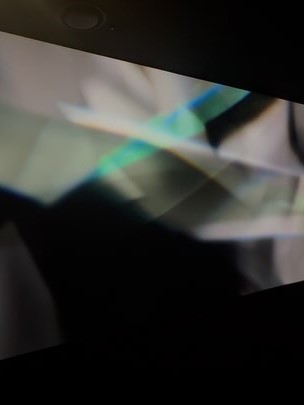
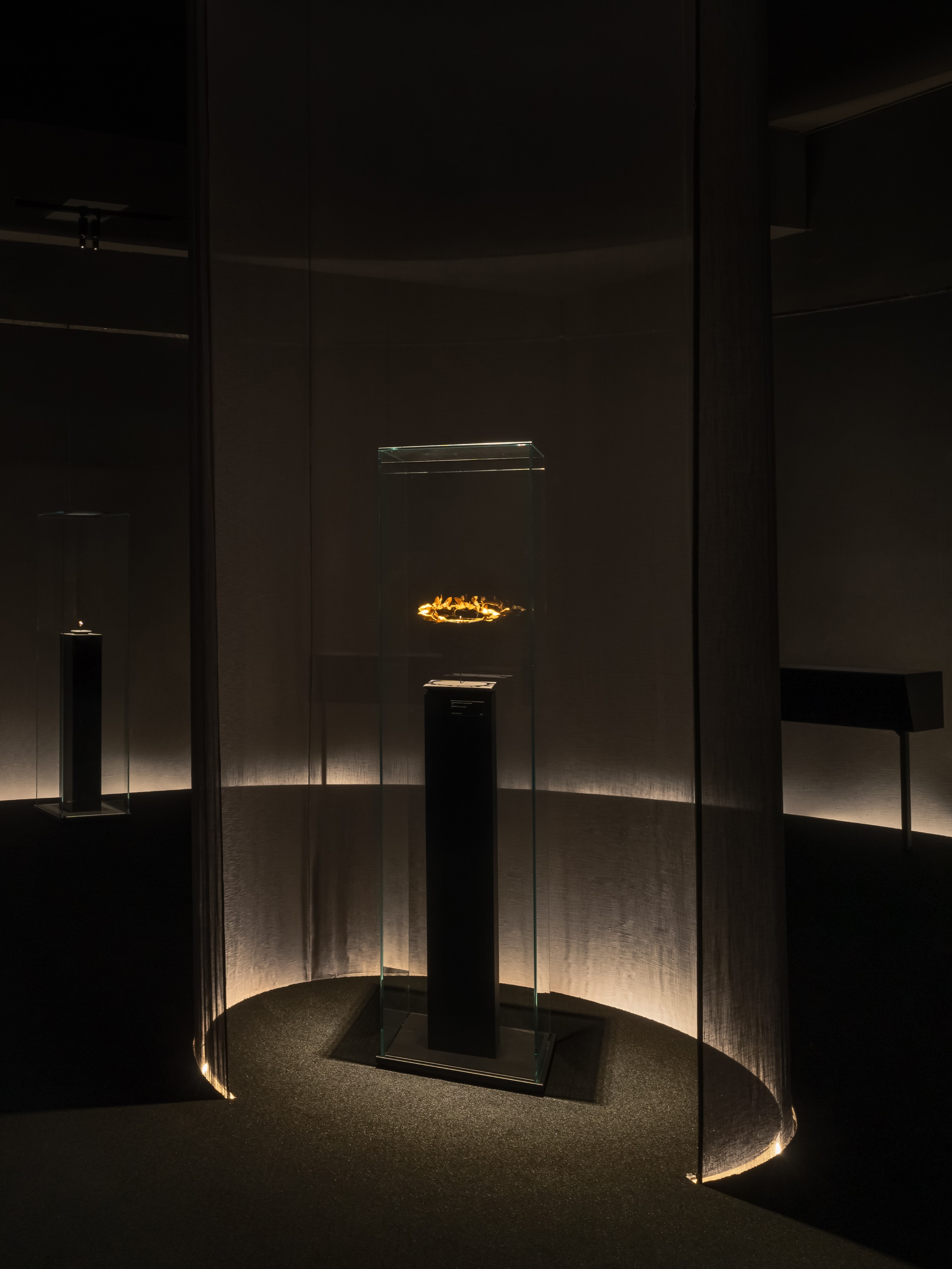
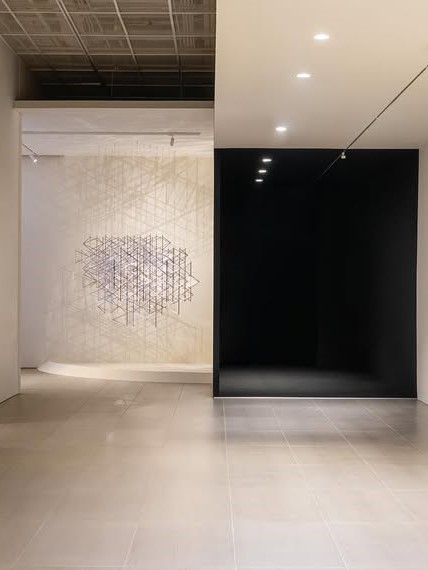





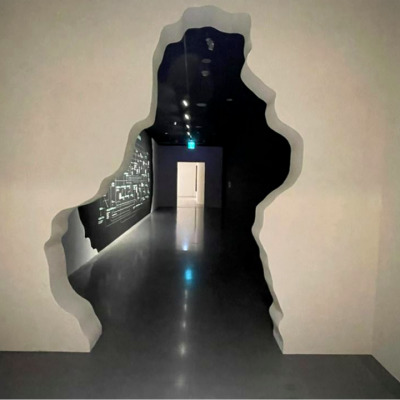
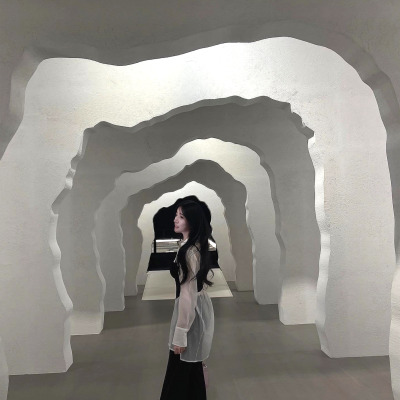
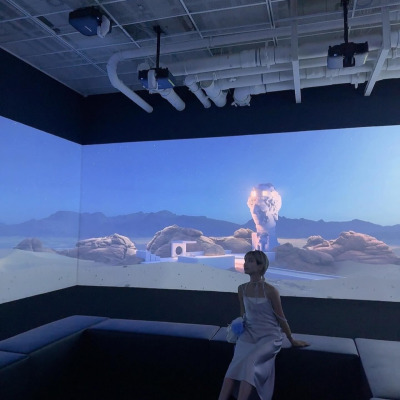
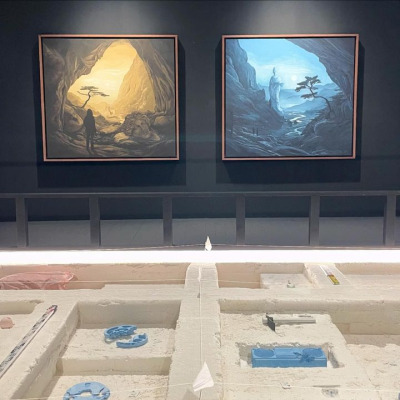
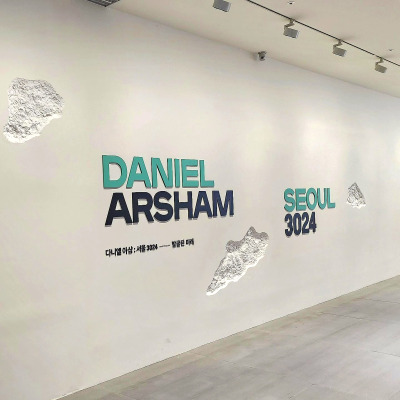
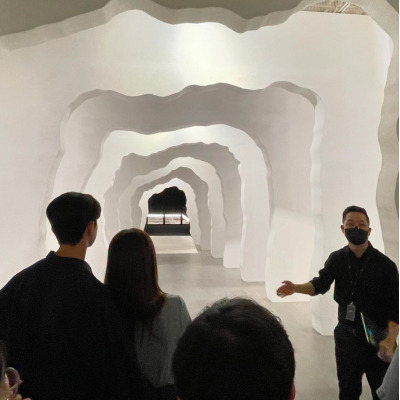
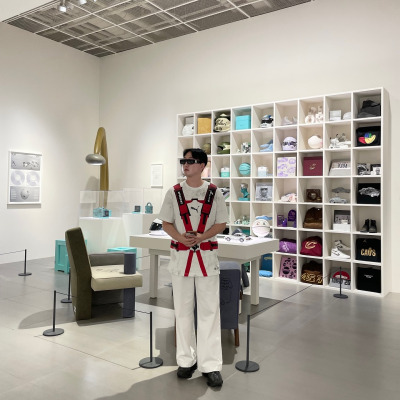
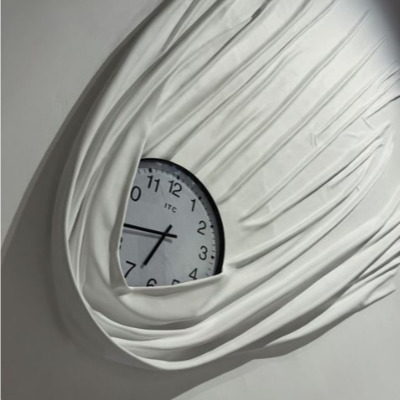
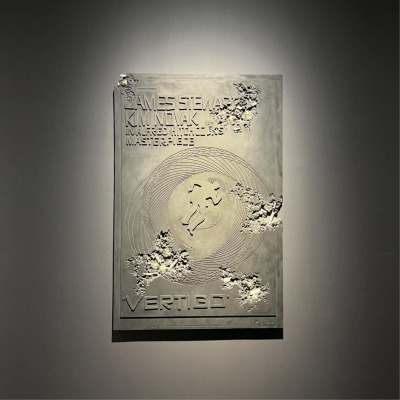
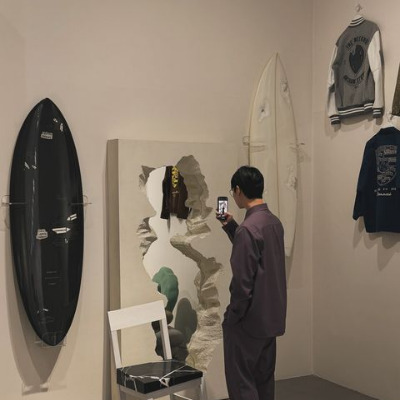
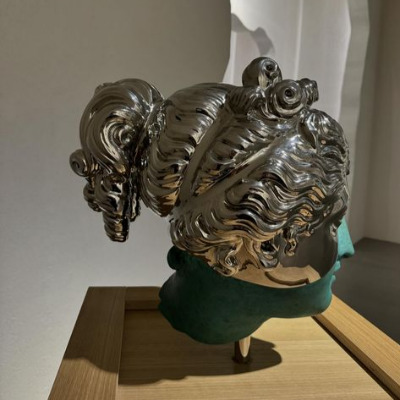
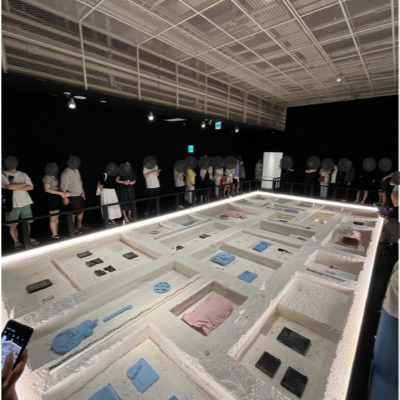
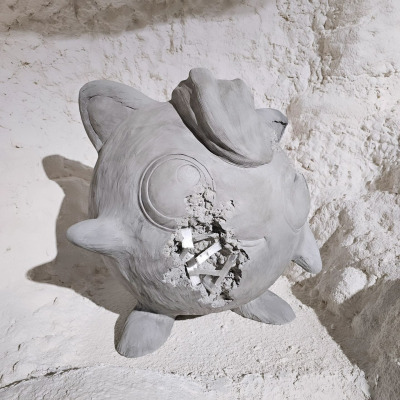
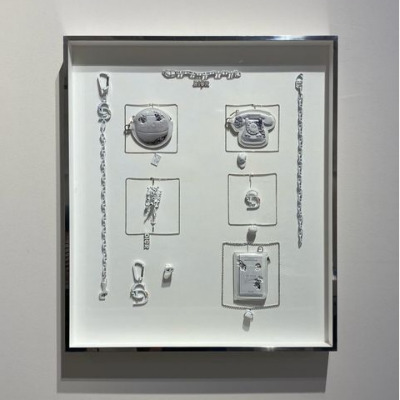
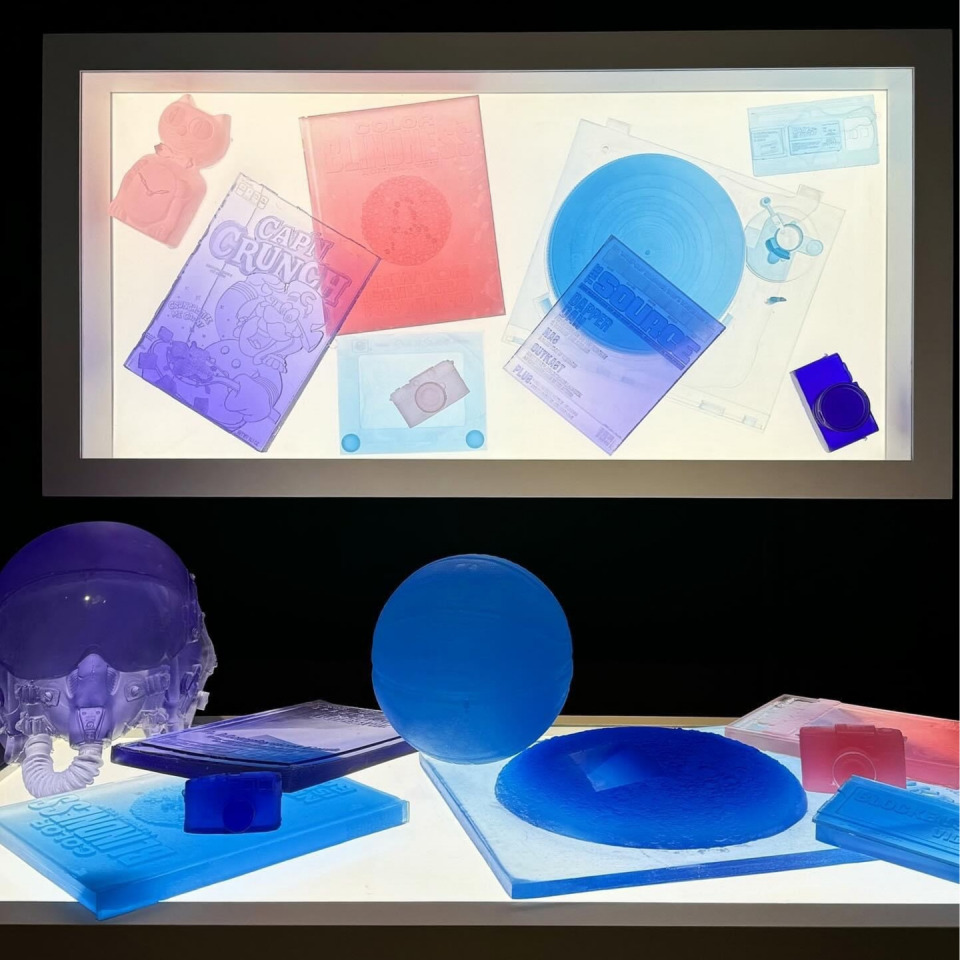

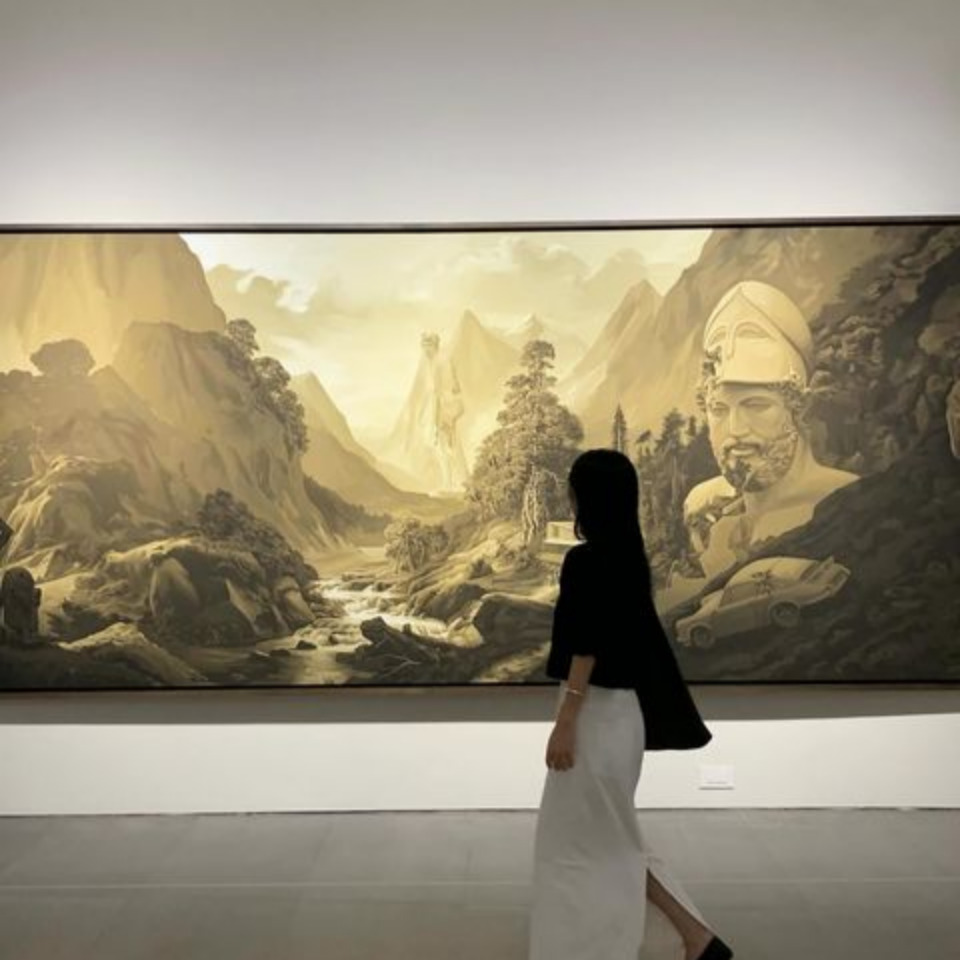
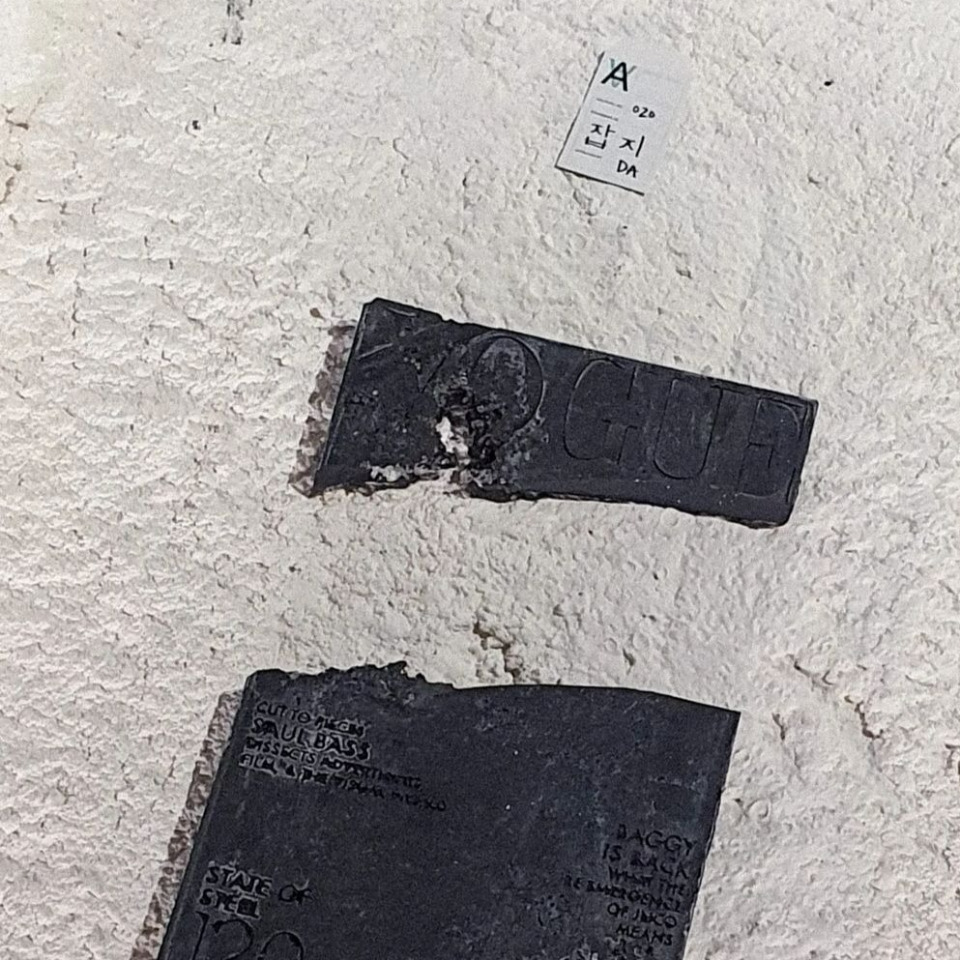
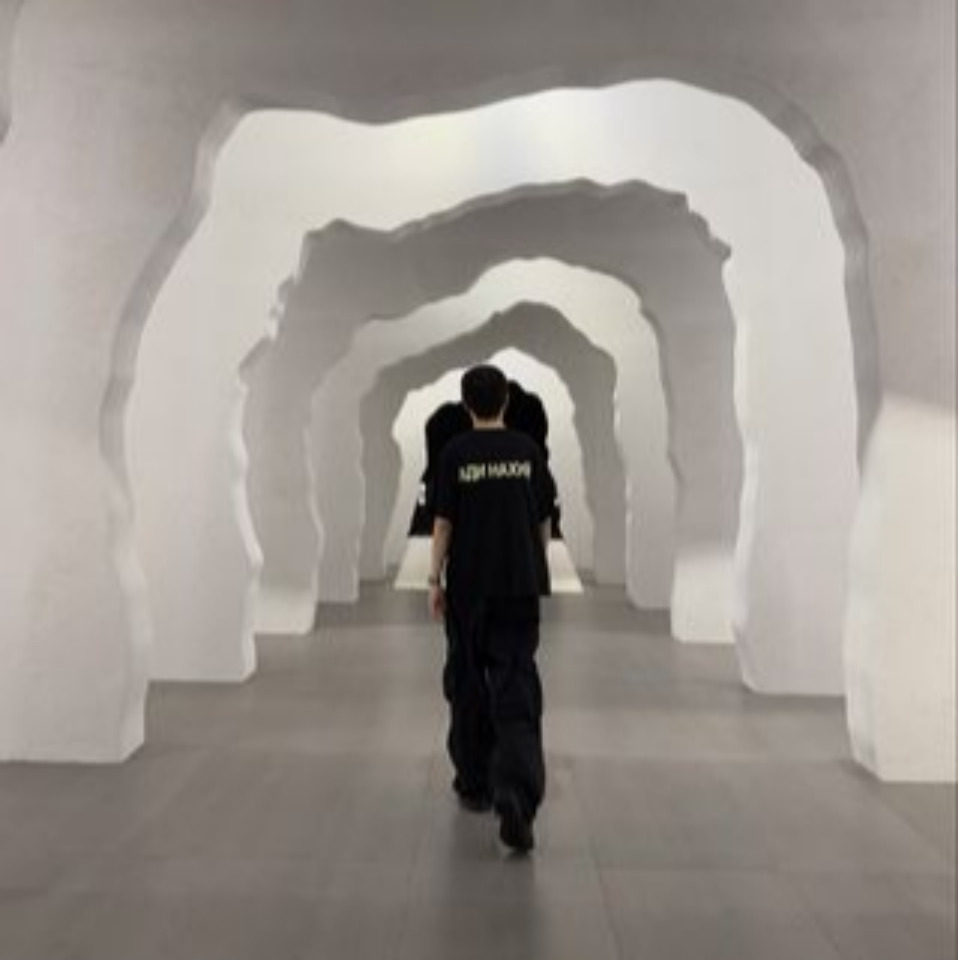
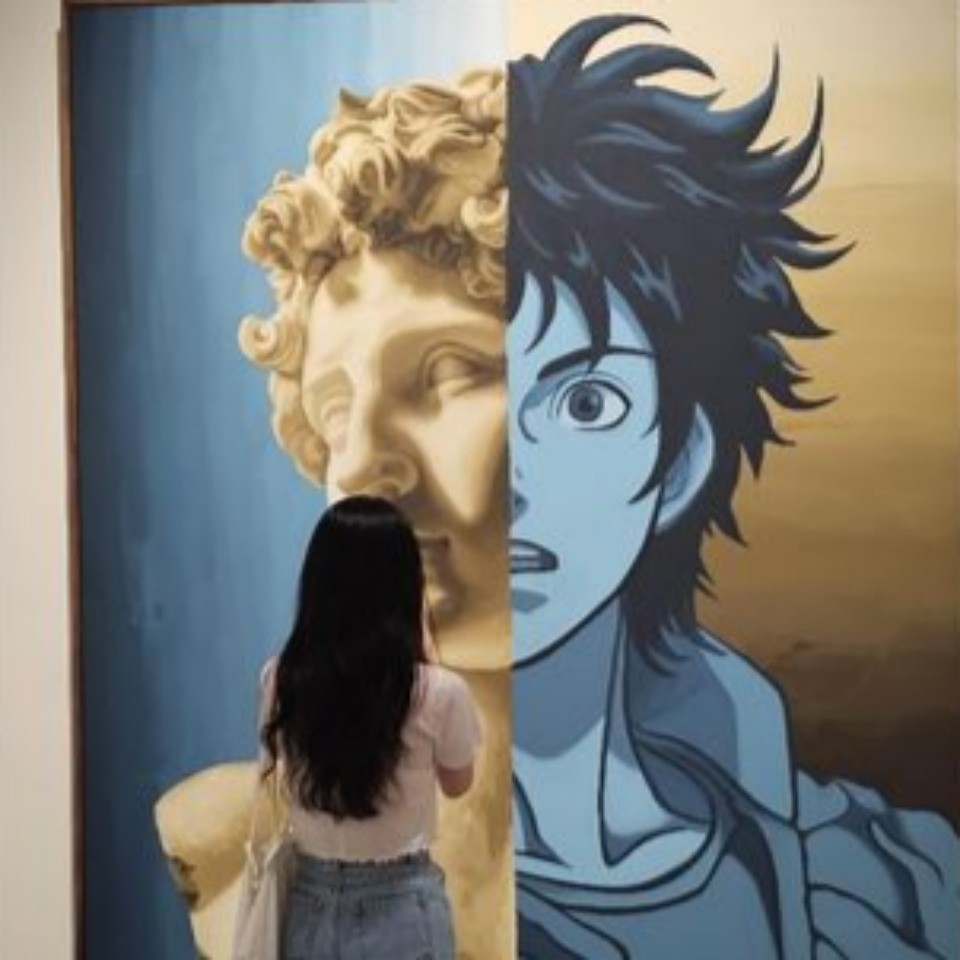
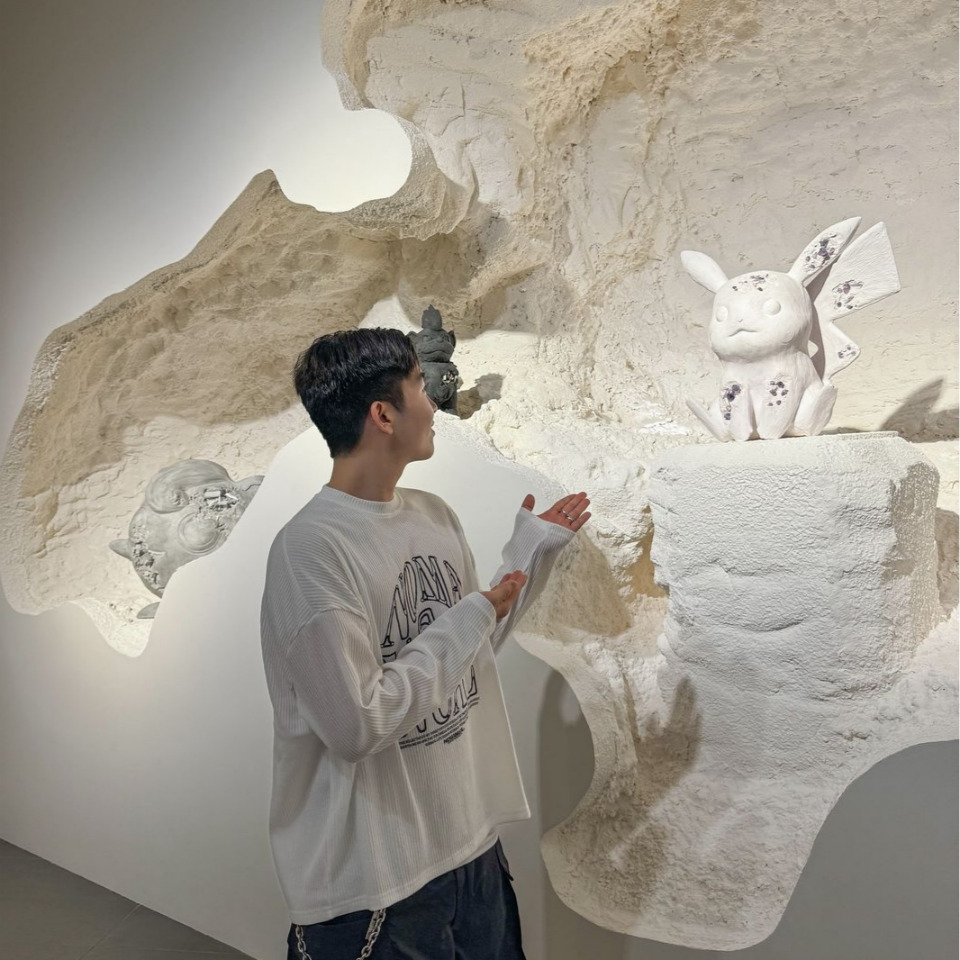
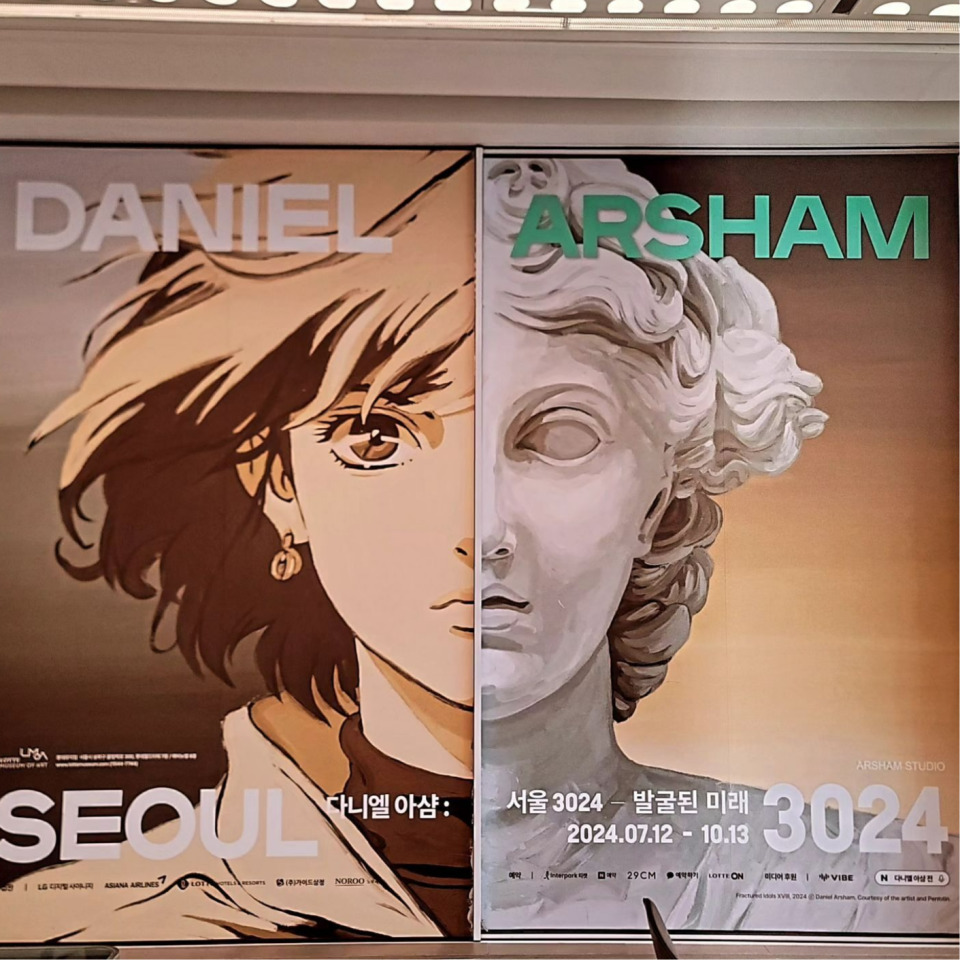
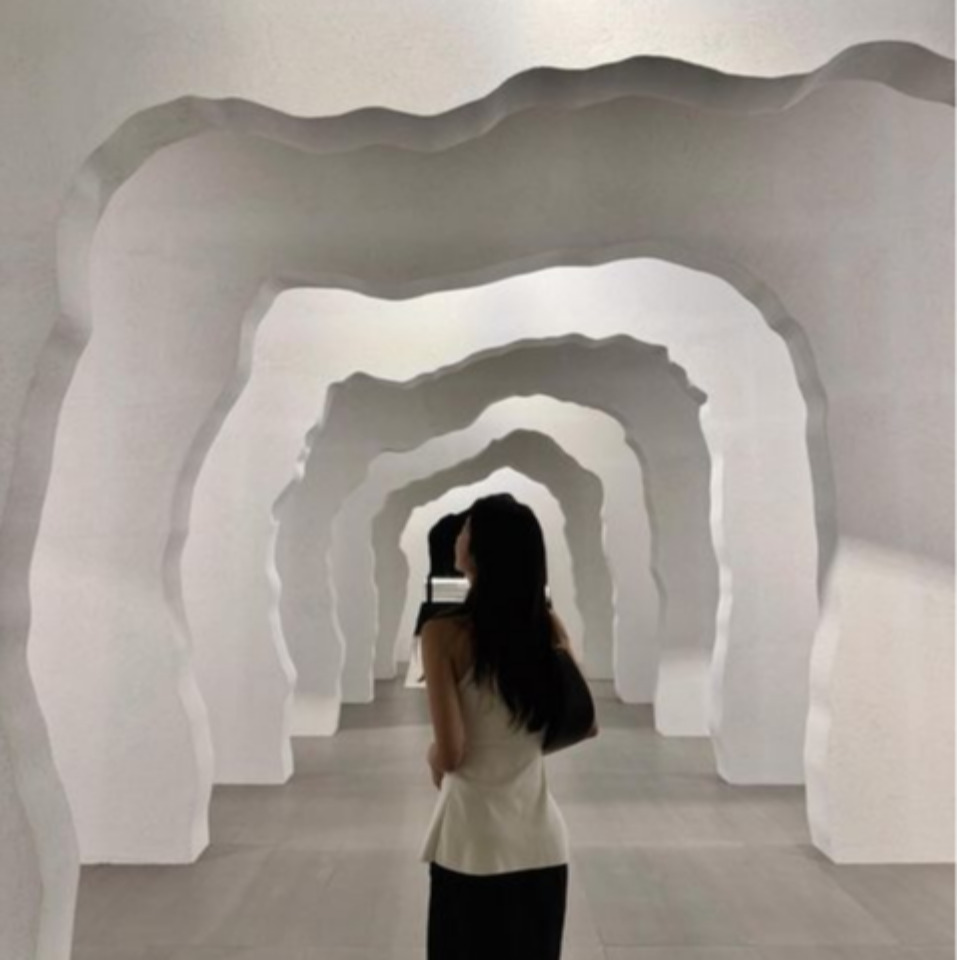
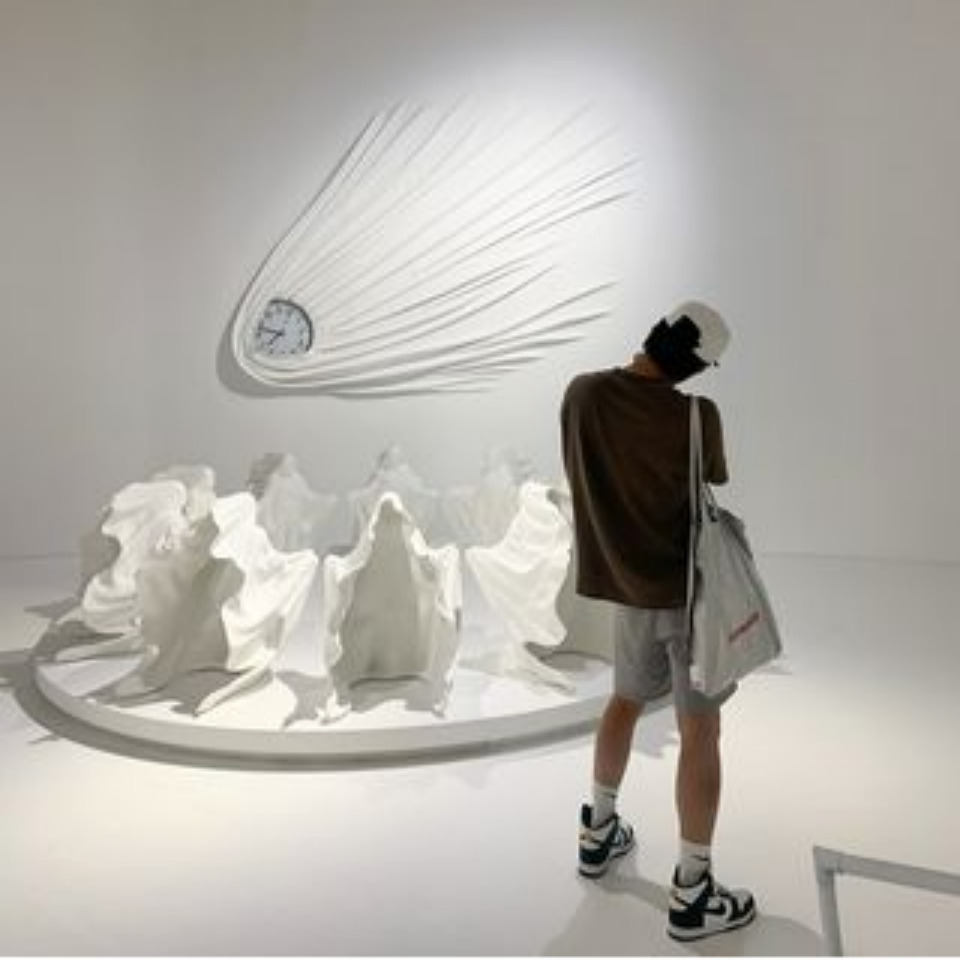
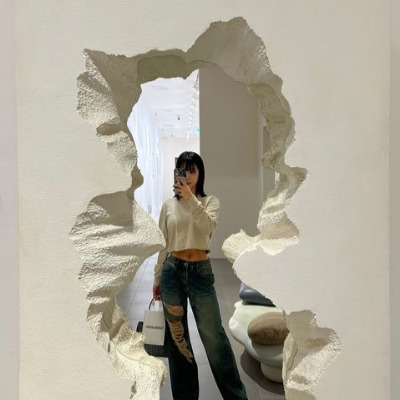
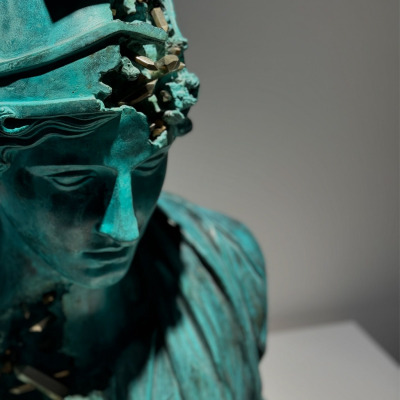

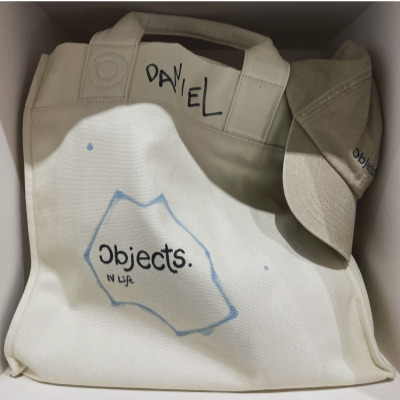
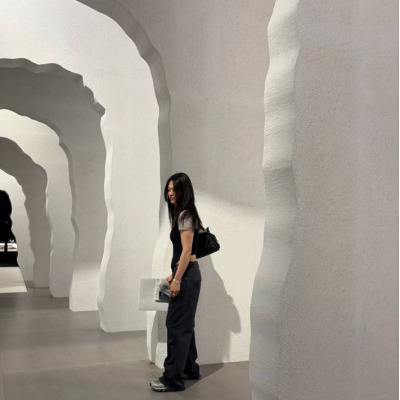


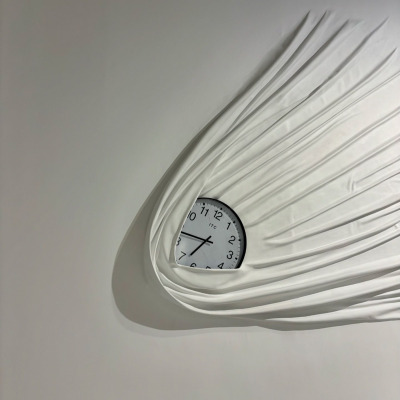
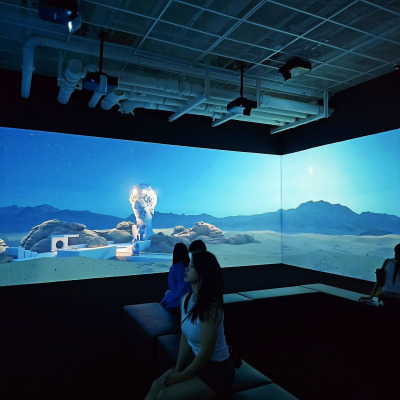


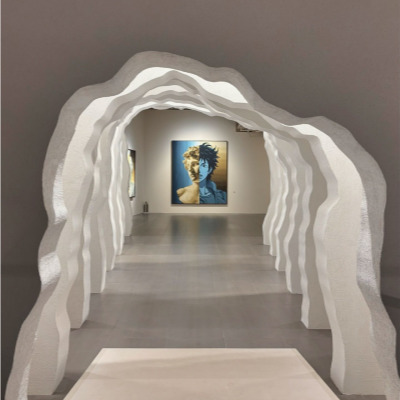
.jpg)
.jpg)

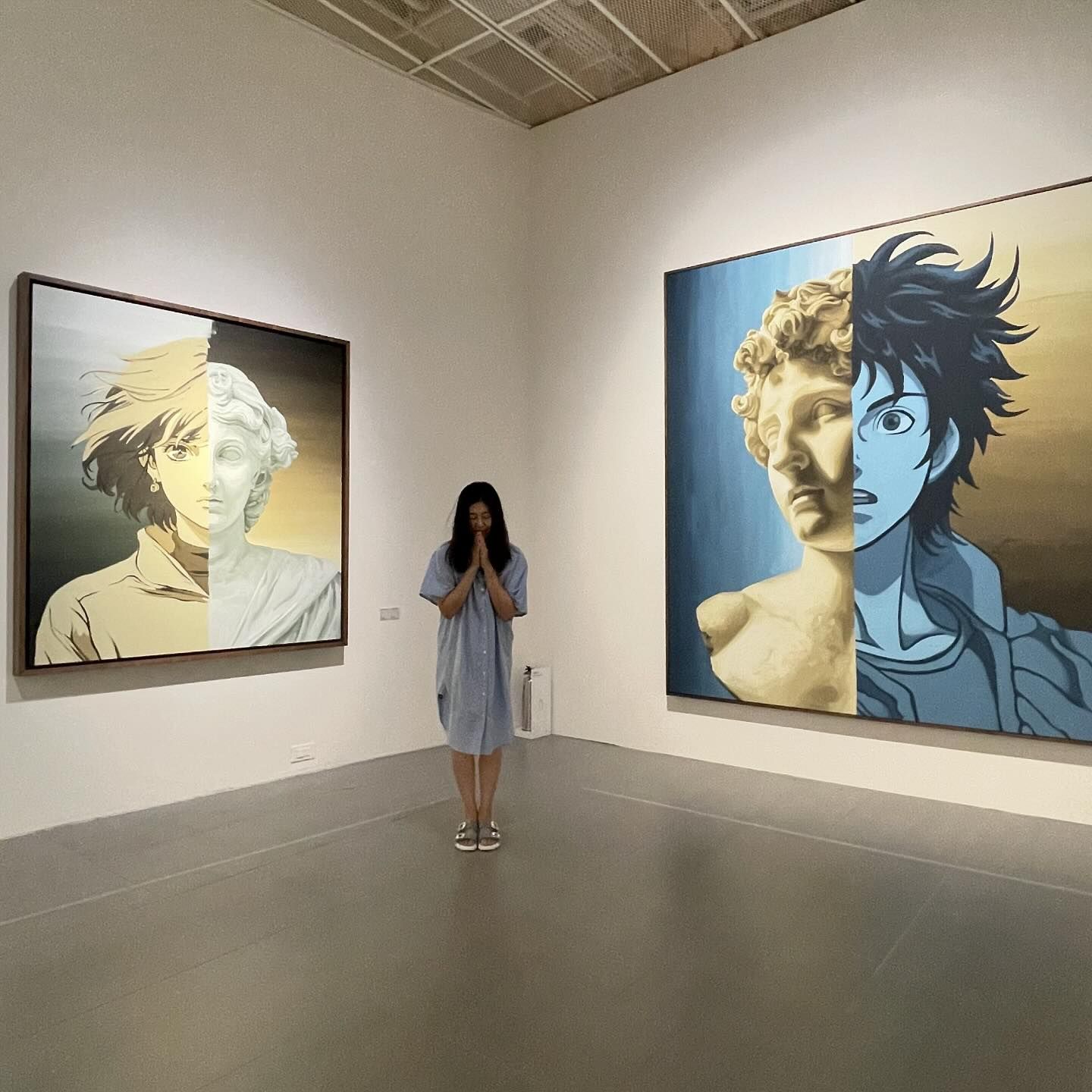
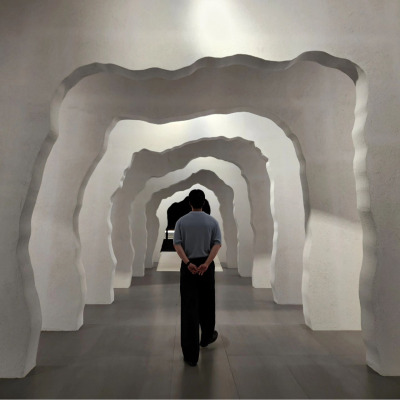
.jpg)
.jpg)
